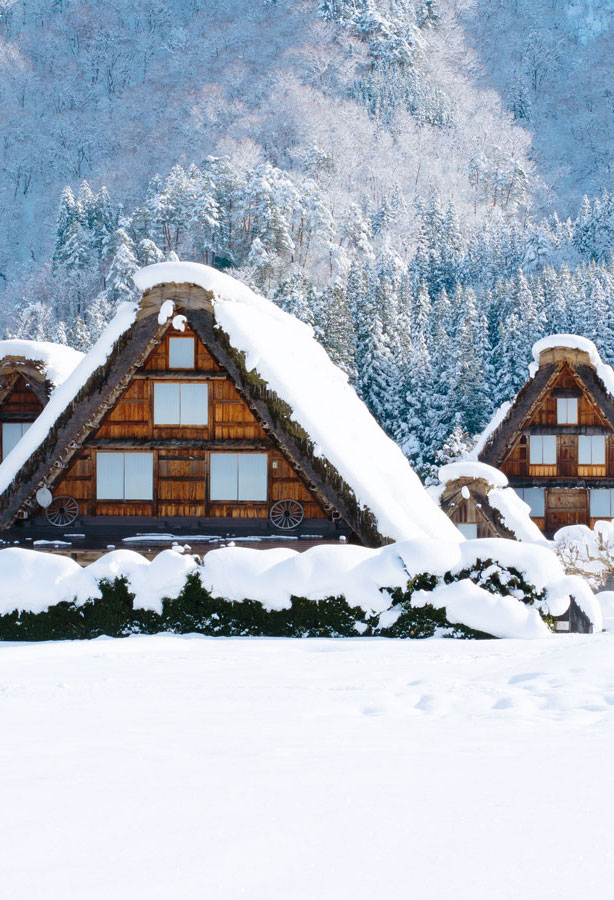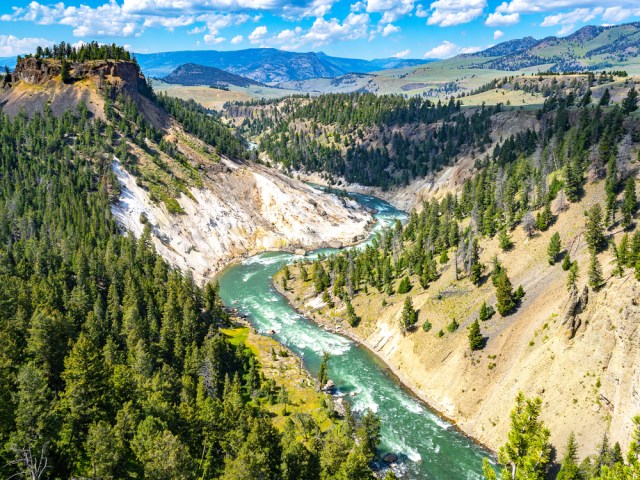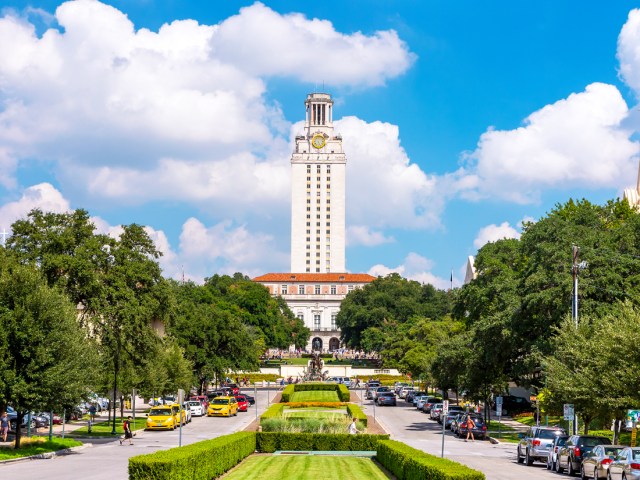Come winter, many places around the world can expect regular snowfall, turning landscapes into sparkling white winter wonderlands. For some, the arrival of snow simply means inconveniences like frozen car windshields and slippery sidewalks, but many others look forward to its striking natural beauty and the start of a season packed with adrenaline-filled winter adventures. If you’re someone who really loves fresh powder, you might want to consider visiting the following places — where living with several feet of snow outside the front door is part of everyday life. Check out six of the snowiest places around the globe.
Mount Washington – New Hampshire
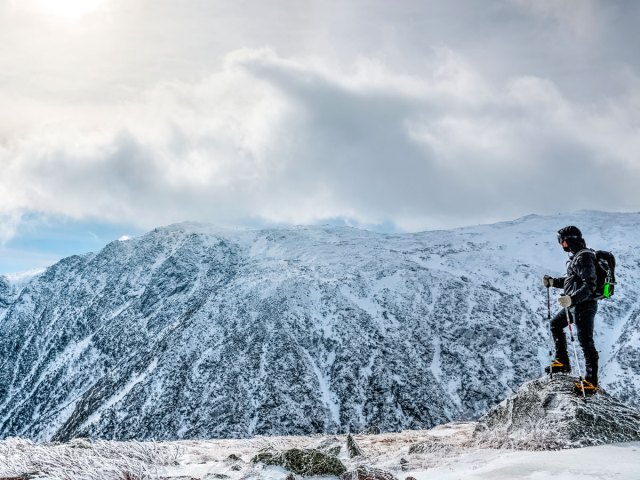
Towering 6,288 feet above the Presidential Range of the White Mountains, Mount Washington is the tallest peak in New England. Proudly declaring itself the “Home of the World’s Worst Weather,” the mountain boasts meteorological conditions that rival the extremities of Mount Everest and the Sahara Desert. An average of 281 inches fall on the mountain each year, with the snowiest months being December and January. The peak also witnessed one of the fastest wind speeds ever recorded: a stunning 231 mph reading in 1934.
A major factor in its extreme weather is Mount Washington’s location. The peak stands at the confluence of North America’s three major weather fronts: the Atlantic, Gulf, and Pacific Northwest. At the summit sits the Mount Washington Observatory, where a team of meteorologists have been recording the weather patterns since 1932. Educational programs offer a glimpse into their work and the frequently harsh conditions experienced at the top.
Aomori City – Japan
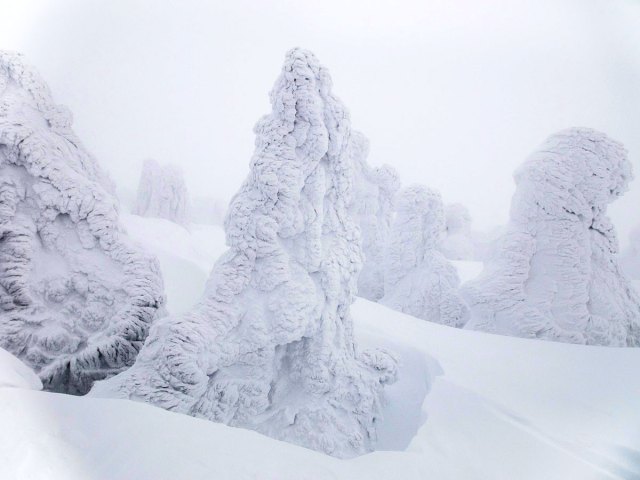
Aomori City sits on the northernmost coastline of Japan’s island of Honshu, between the Hakkoda Mountains and Mutsu Bay. With around 312 inches of snow falling each year, it ranks among the snowiest cities in Japan. The main cause of the frequent snow is the city’s mountain and coastal setting. When winds blow in from different directions, from the peaks and the sea, they collide to create clouds. The precipitation generated by these clouds then turns to snow because of the cold temperatures.
During the winter months, the Hakkoda-Towada Gold Line, part of Japan’s national highway that runs by Aomori, is closed to traffic. Snow plows and bulldozers are used to build the five-mile-long Hakkoda Walk, creating a brilliant white corridor framed by soaring snow walls. Other ways to enjoy this winter wonderland include the Hirosaki Castle Snow Lantern Festival and Lake Towada Winter Story Festival.
Thompson Pass – Alaska
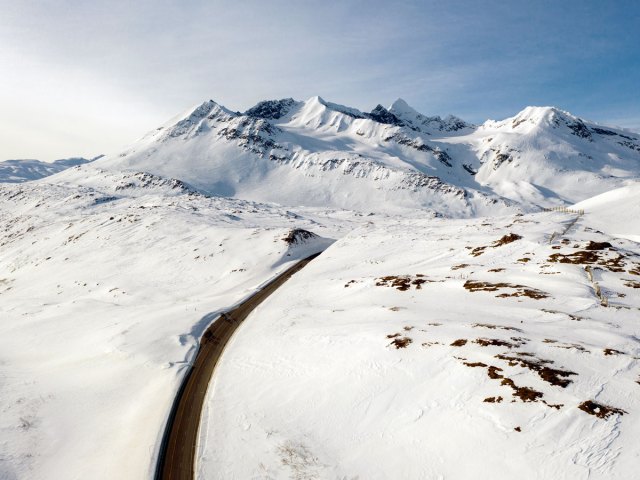
Alaska is synonymous with cold weather — what would be a record-breaking snow day in many areas of the United States is often just a normal winter day in the northernmost state. Nestled amid the Chugach Mountains, Thompson Pass is Alaska’s snowiest spot. A combination of warm ocean currents and cold mountain air creates around 500 inches of snow each year. During the winter of 1952 to 1953, a staggering 974 inches fell in Thompson Pass. And in late December 1955, a storm dumped a whopping 120 inches in just 48 hours.
At the top of the pass, a team of specialists works tirelessly to free the Richardson Highway of snow and ice. This makes the area accessible to adrenaline seekers who come for heli-skiing, skiing, snowboarding, and other winter pursuits. Held in March and April, the Alaska Tailgate attracts snowboarders with 10 days of unbeatable backcountry freeriding. Those not quite up for the challenge of Thompson Pass can experience incredible volumes of snow in nearby Valdez. The city in the foothills of the Chugach Mountains records an average of 330 inches annually.
Shirakawa-go – Japan
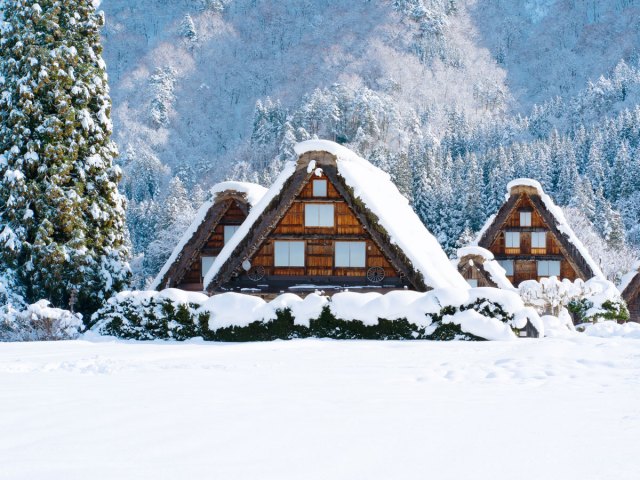
The picturesque village of Shirakawa-go is enveloped by mountains in a once-wild and unexplored region of central Honshu. Between December and February, clouds rise above the lofty Japanese Alps before dumping a massive amount of snow on the village — to the tune of around 400 inches annually.
Alongside its winter blanket of white, Shirakawa-go is famous for its 100-plus gasshō-zukuri homes. Designed to withstand the elements, they feature traditional steep, thatched, and triangular roofs that resemble clasped hands (gasshō-zukuri). The UNESCO-listed Historic Villages of Shirakawa-go and Gokayama have the only remaing examples of these houses in Japan.
While often causing difficulties for local residents, Shirakawa-go’s snowfall makes it a tourism hotspot. On select weekends throughout January and February, the synchronized illuminations of Shirakawa-go Light-Up turn the village into a scene from a fairy tale. Because of the event’s popularity, visitor numbers are limited and advanced reservations are a must. Those who attend can expect spectacular views from Shiroyama Viewpoint and opt to stay overnight in a gasshō-zukuri.
Mount Rainier National Park – Washington

On the south slope of Mount Rainier, the Paradise area once held the world record for snowfall in a single season. In the winter of 1971 to 1972, a mind-boggling total of 1,112 inches was recorded here. According to official records, over 600 inches have fallen on more than 50 occasions since 1922. A combination of low-pressure systems arriving from the Gulf of Alaska, cyclonic circulation in the atmosphere, and the warmer air of the lower mountains make the region susceptible to blizzards.
Due to road closures, Mount Rainier National Park is predominantly a summer destination. That said, the mystical mountain landscapes around Paradise are accessible for cross-country skiing and snowshoeing activities. Ranger-led snowshoeing tours depart from Henry M Jackson Visitor Center and offer an insight into the ecology of Mount Rainier. Other areas of interest during the colder months are the forests around Longmire, which afford views of the mountain and gurgling mineral springs.
Niseko – Japan
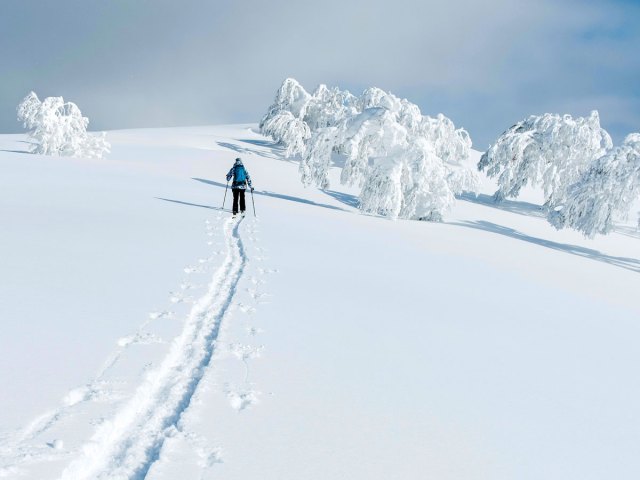
The mountainous regions of the island of Hokkaido island are some of the snowiest areas of Japan. One particularly snowy locale is the village of Niseko, which expects up to 590 inches most winters. The key elements which contribute to this staggering snowfall include a cold Siberian air mass, moisture from the Sea of Japan, sub-zero temperatures at sea level, and the presence of coastal mountains.
All this fresh powder creates near-perfect skiing and snowboarding conditions in Niseko. Niseko United promises downhill escapades at four interconnected ski resorts spread across 4,921-feet-tall Mount Niseko Annupuri. Many skiers hope to experience the “Niseko Express,” when a northwesterly weather pattern drops around two- to six-inch top-ups of snow during the day. A selection of 20 onsen hot springs provide an ideal setting for après-ski relaxation.






